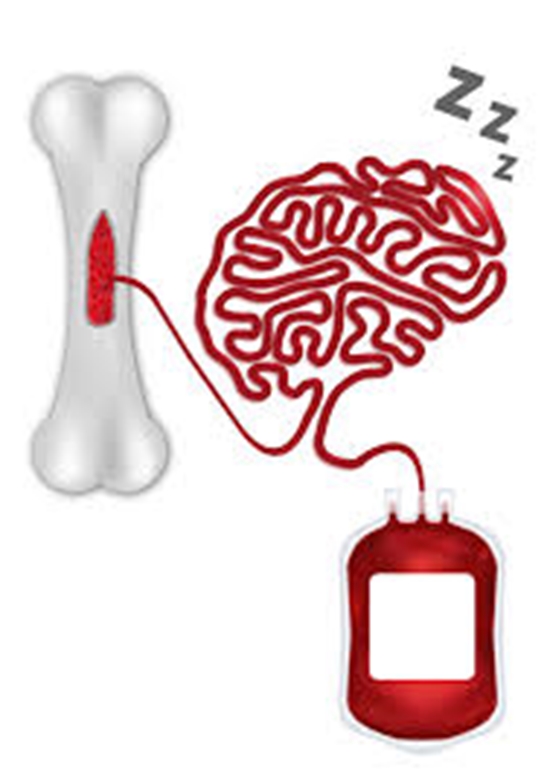Discovery of new functions for blood cell protein might improve bone marrow transplantations
Tufts Medical Center and Tufts University scientists have found new functions of the protein angiogenin (ANG) that play a significant role in the regulation of blood cell formation, important in bone marrow transplantation and recovery from radiation-induced bone marrow failure. Since current bone marrow transplantations have significant limitations, these discoveries may lead to important therapeutic interventions to help improve the effectiveness of these treatments.

Tufts Medical Center and Tufts University scientists have found new functions of the protein angiogenin (ANG) that play a significant role in the regulation of blood cell formation, important in bone marrow transplantation and recovery from radiation-induced bone marrow failure. Since current bone marrow transplantations have significant limitations, these discoveries may lead to important therapeutic interventions to help improve the effectiveness of these treatments.
In their study, published August 11 in Cell, the researchers show for the first time that ANG simultaneously reduces proliferation of stem cells and promotes proliferation of myeloid progenitor cells that give rise to mature myeloid cells. They further report that these two-pronged processes are accomplished by a novel molecular regulating mechanism.
These findings have significant implications for both human stem cell transplantation and for radiation exposure. Cancer patients undergoing stem cell transplantation face two hurdles: the short-term challenge of having enough white blood cells to fight possible infections immediately following the transplant and the long-term challenge of sustaining stem cell function to maintain immunity. People exposed to large doses of radiation face challenges due to bone marrow failure induced by such exposures.
"We knew that ANG was involved in promoting cell growth so it was not unexpected to find that ANG stimulates proliferation of myeloid progenitor cells," said Guo-fu Hu, Ph.D., investigator in the Molecular Oncology Research Institute at Tufts Medical Center and the paper's senior author. "But it was surprising to find that ANG also suppresses growth of stem cells and that it accomplishes these divergent promotion or suppression functions through RNA processing events specific to individual cell types.
"Our discoveries suggest considerable therapeutic potential."
In a series of experiments, the team from Tufts MC and the Sackler School at Tufts, which collaborated with scientists at Massachusetts General Hospital, isolated and described the divergent regulatory functions of ANG. They demonstrated how ANG stimulates proliferation of myeloid progenitor cells. They showed how ANG maintains stem cells by inducing a state of quiescence, or cellular dormancy, the first known evidence of ANG's suppressive activity. Quiescence preserves stem cells over time so that they will be available in the future to help maintain immunity.
In another novel finding, the team demonstrated that ANG achieves these dual functions by inducing RNA processing that is different in various cell types. In hematopoietic stem/progenitor cells, ANG induces processing of a specific type of RNA (tiRNA) that is quiescence-related whereas in myeloid progenitor cells, ANG induces processing of a specific type of RNA (rRNA) that is proliferation related. tiRNA is a type of small RNA that suppresses global protein synthesis, while rRNA or ribosomal RNA is a type of RNA molecule that enhances protein synthesis.
"Proper blood cell production is dependent on functioning hematopoietic stem and progenitor cells that are destroyed during conditioning procedures for transplantation or following bone marrow injury," said the study's first author Kevin A. Goncalves, who performed this research as part of his Ph.D. studies in cellular and molecular physiology at the Sackler School. "Our study demonstrates that ANG regulates critical functions of both clinically-relevant cell types."
In further studies, the researchers tested the capacity of ANG to prevent and mitigate radiation-induced bone marrow failure, and in pre-clinical models they found that survival following radiation exposure was increased after treatment with recombinant ANG protein.
Learn more:
https://www.tuftsmedicalcenter.org/News-Events-Media/Press-Releases/2016/New-Functions-of-Blood-Cell-Protein-in-Transplantation.aspx
DOI: 10.1016/j.stem.2016.07.004


ارسال به دوستان